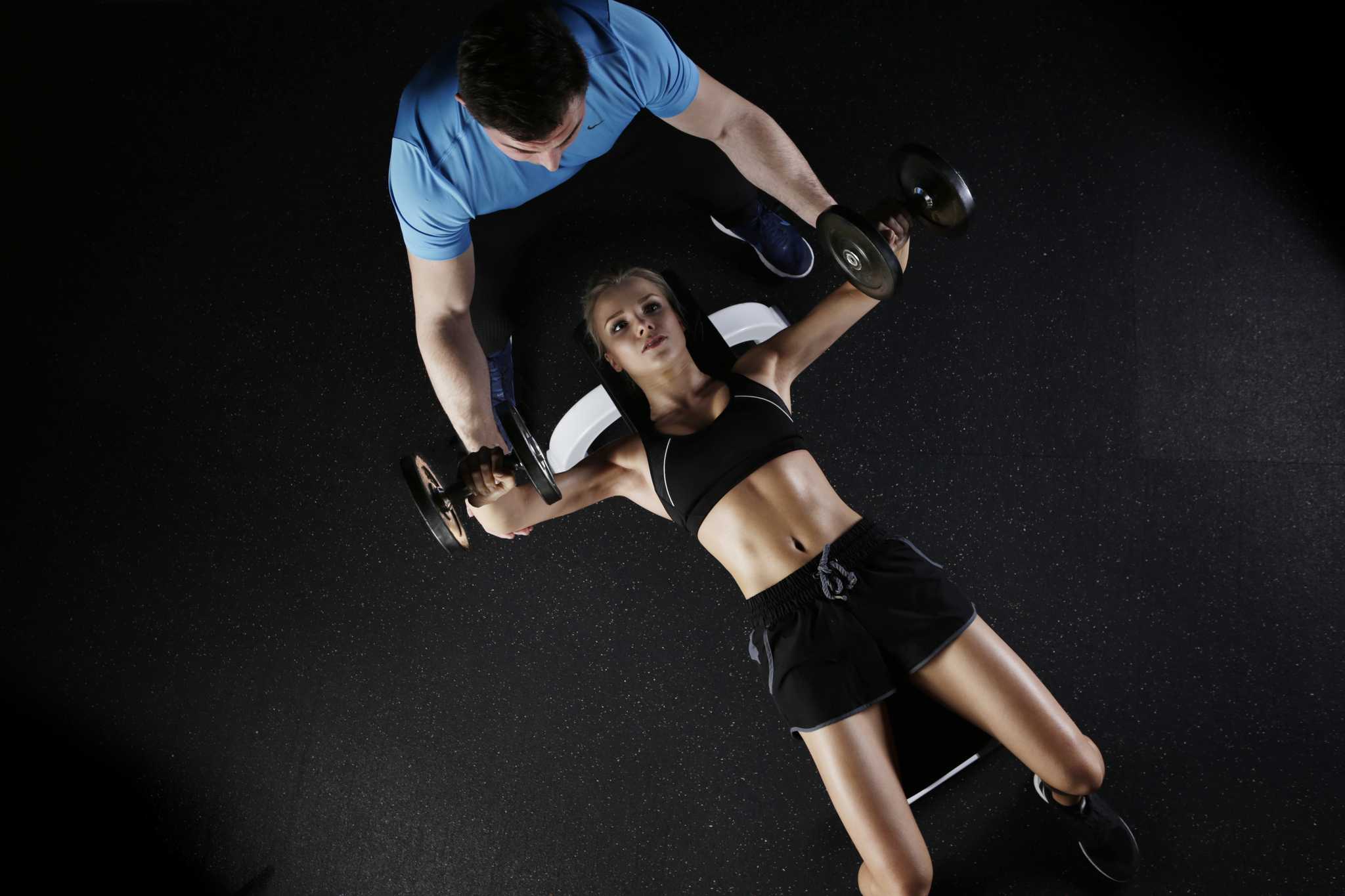The Importance of Biomechanics and Its Role in Fitness
Saturday, February 05, 2022 - 4 min read.

It is no secret that the having the right technique is fundamental when practicing a sport or a physical skill. Alongside basic physical fitness related to the sport you’re practicing, the proper technique is one of the core fundamental tools you need in your arsenal. In order to determine the proper techniques for the skills you want to develop in the context of your skills and your current physical shape, coaches and trainers integrate biomechanics to help you improve in the sport or physical exercise of your choice.
With anatomy and physiology, biomechanics is part of the trifecta known as the foundational exercise sciences. Biomechanics is the science of movement of the living body. More specifically, it is a highly integrated field of study that examines forces acting upon, within, and produced by a body. Biomechanics is concerned with how forces and energy affects the motion of the body.
“There was no point telling an athlete to perform a certain type of training if I didn't understand how much force they had to produce, in what direction, over what range of motion it needed to be produced and at what speed. I also realised that, instead of spending months giving an already good athlete lots of physical training to make them just a little bit fitter, I could spend a few weeks altering their technique to make them staggeringly more efficient ... and the world of sports performance seemed to open.” (Blazevich, 2007)
In applying biomechanics, coaches and teachers strive to reach two goals. The first and major goal of biomechanics in sports is to improve performance in a given sport or physical exercise. In other words, we want to increase physical fitness. Applying the proper running technique allows athletes to carry out regular physical exercise for long enough periods of time without hurting themselves. This goes hand in hand with the second goal, which is to prevent injury and help with rehabilitation. Indeed, by performing better, the chances of injury drastically decreases.
In the majority of sporting events, technique is often seen as a major factor when it comes to performance. In their daily practice, coaches and teachers correct their students’ motion through the use of quantitative biomechanics methods to develop and implement changes in technique used by their customers. They analyze the movements and provide recommendations to help correct or improve the displayed technique. For instance, if a gymnastic coach sees that her charge has issues performing a somersault, she can provide recommendations to help the gymnast execute the movement correctly, such as jumping higher or curl up more tightly. The idea is that if the student applies of all of the provided recommendations resulting from the analysis, they will be able to perform the desired movement successfully.
In the case of sports, the concept of injury prevention is an attempt to prevent or to limit the seriousness of injuries before they occur. Biomechanics is a tool that can be used in sports medicine to help identify movements that can cause injuries, offering the possibility to create alternative techniques when it comes to executing specific movements. Using proper equipment and applying more effective and optimal training methods contribute to injury prevention. To illustrate the concept, let us look at how we can prevent injuries in an inexperienced runner.
We first check their equipment, make sure their shoes are adequate to run in.
Are they tight enough?
Are they comfortable?
Do they provide stability?
It is no secret that a bad pair of shoes can lead to stress fractures and foot pain.
Once we’re certain that the equipment is optimal, we look at the runner’s form.
Where does the runner look when running? Where are their hands? How is their posture? This is but a small number of things your coach will look at when it comes to providing you with the proper technique and recommendations to ensure that you can practice with little risk of injury.
Similarly, when practicing lifting sports (or any lifting movement in general), people tend to hear the same common advice: “keep your back straight” and “lift with your legs”. Biomechanics help explain why this valid advice helps improve performance and prevent injury.
Indeed, not using your legs to lift increases the risk of back injury because you are applying an excessive amount of load on your upper body. The longer you lift improperly, the more stress is being applied to your arms and to your back. By applying the proper biomechanical movement to lift, you share the load across your body, putting less stress on your arms or your back and diminishing the risk of injury.
While there’s no surefire way to avoid injury, you can prevent it by working with your coach who will teach you how to apply the proper techniques for your sport, all while considering your current physical fitness and your needs.
Book an appointment today with RFit to work with our specialists who will work with you and guide you on your journey towards fitness in a safe and healthy manner, every step of the way
Blazevich, A. (2007). Sports biomechanics: The basics: Optimising human performance. A & C Black Publishers Ltd.
Contact us or come see us today!
